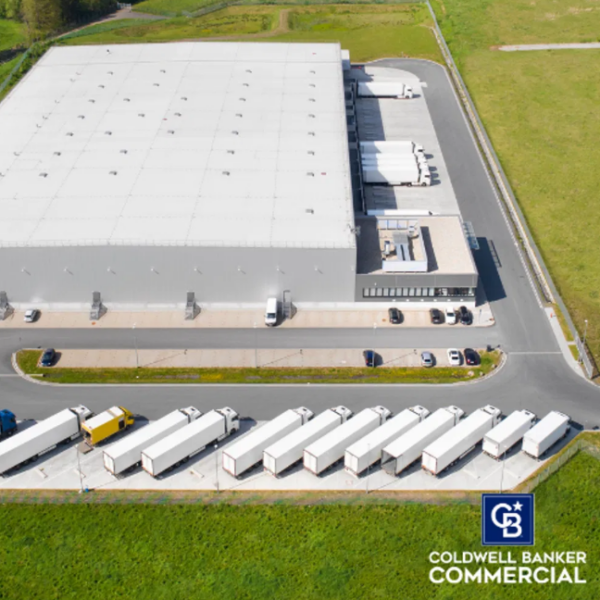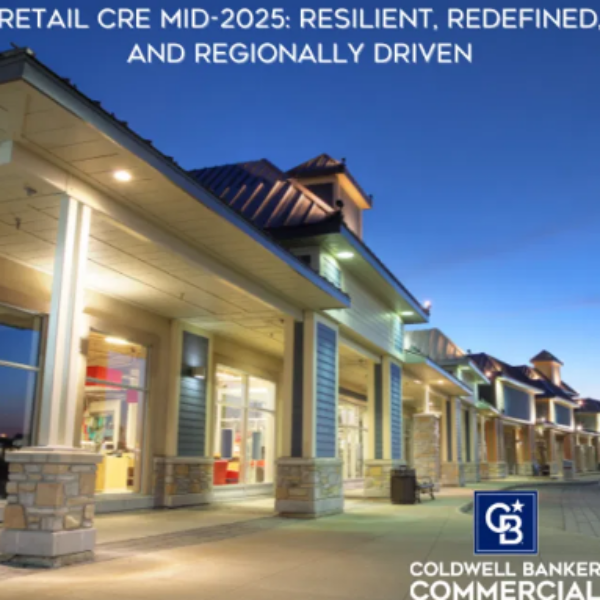According to industry insider Tasting Tables, the industrial fad is fading. Instead of steel beams and concrete slabs, a big restaurant trend taking over the market is the move to more cozy interior designs. That’s just one trend that is reversing or changing.
Additionally, European-style elbow-to-elbow café seating designs have lost their luster. Instead of diners having to squeeze into uncomfortable spaces to maximize profits, restaurateurs are coming up with more creative and flexible ways of maximizing seating space.
4 Big Restaurant Space Trends
Instead of pushing the crowded aesthetic, restaurants are looking for spaces that provide more privacy with soundproof walls and spacing designs that separate tables. That begins with the building layout. Tenants and buyers want a space that can handle all different patrons; a bar area, a private dining area, and a busy café-style area.
#1: More Unique Food Halls
A restaurant trend that began over a decade ago in Italy is finally making its way to the U.S. Food halls are all the rage in the restaurant business. Food halls are typically large structures of about 20K to 50K feet filled with several high end restaurants. This gives restaurateurs and chefs a chance to show off their culinary specialties while providing a steady flow of revenue to the building owner.
The key to a successful food hall is making sure that the restaurants filling the space are great. In Austin, there is a giant food hall slated to open later this year that includes a variety of restaurants that embody the tastes and spirit of the city.
In Denver, Zeppelin Station will launch its first 20K square foot food hall near the train station. This food hall will contain restaurants, office space, and retail. The Beverly Center in LA plans to open its first high end food hall highlighting the cuisines inspired by Michael Mina; a famous San Francisco chef, while in New York a 35K square foot food hall debuting this year will feature all Spanish restaurants.
#2: More Greenery and Green Concepts
Office spaces are adding more greenery to increase worker productivity. In the restaurant space, those same studies that reveal the positive effects of plants on humans is also influencing restaurant design trends in 2018. Restaurants are adding more plants and more windows to their building designs while also incorporating green concepts like using farm-to-table vegetables or local organics in their menus.
#3: More Less is More Interiors
Walls covered in pictures and tables smattered with statues and surrounded by large potted plants are out this year. Instead, the trend is toward more minimalist designs in restaurants. There is a drive toward less is more décor. While the industrial look is fading, those buildings are already well-suited for the minimalist look.
#4: More Like Home
Finally, diners don’t like the sterile feel of a warehouse anymore when they go out to a restaurant. Restaurants are trending toward more cozy designs with warmer wood infused walls instead of concrete and exposed brick.
Types of Spaces Restaurant Owners Need
What tenants and buyers are looking for are restaurant spaces that are close enough to public transit so that it is easy to get to for non-car owning millennials while also being near residential areas. The most successful restaurants with a steady flow of diners live near a community made up of at least 1,600 residents. Of course, the type of community matters and the overall food preferences should factor into any plans, especially for food hall style restaurants.
Coldwell Bankers Commercial, Agents are available to help you navigate commercial real estate within Billings, MT.








